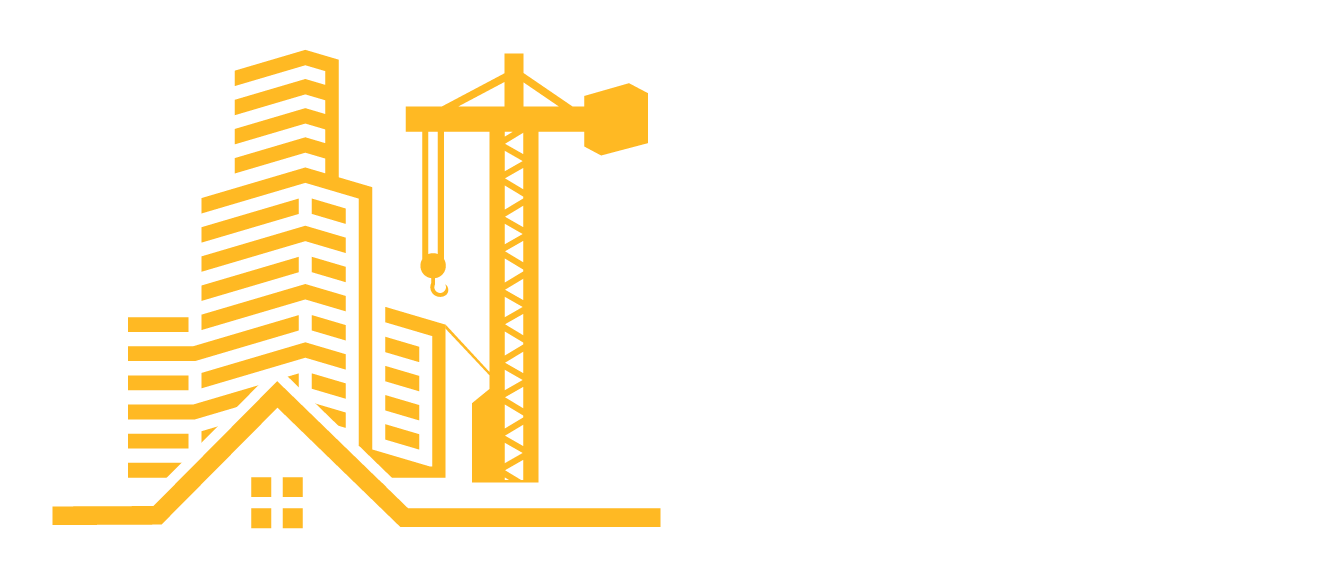Thinking of investing in sustainable property? Discover more about sustainability in the construction industry and the benefits of sustainable construction.
What is sustainable property development?
The property construction industry is making great strides towards sustainability in order to be more environmentally conscious. Climate change, government regulation, and pressure from customers and investors are all playing a role in urging property developers to take action on sustainability.
It’s a challenge that Urban nest has embraced. In addition to its Different By Design ethos, the Urban nest Green initiative heralds an era of holistic home building that aims to reduce carbon emissions while creating sustainable communities.
Working with partners, such as Wanderlands – a carbon-offset natural solutions provider – Urban nest is a leader in how developers are moving towards a greener house-building revolution.
Why is sustainable property development important?
Sustainable construction is a new approach to property development with a focus on the environment.
This may cover anything from the use of solar panels and recycled materials to planting trees and shrubs to offset carbon emissions. With 6% of global CO2 emissions, a result of the building construction industry, investors and customers are looking for a move to increase sustainability in the construction industry.
With the recent rise in energy prices, developments focusing on sustainability are coming further to the forefront, with energy-saving options being a key factor.
Whether it’s cost, build time or location, there is always a lot to think about for property investors, but awareness of the environment in property development is fast becoming a significant factor.
It’s also key to attracting environmentally savvy homeowners of the future looking to buy properties tailored to the sustainable demands of the 21st Century.
What is sustainable property development?
Sustainable property developments are planned and designed to have a minimal negative impact on the environment.
It is the process of creating and managing environmentally, socially and economically responsible developments, involving the efficient use of resources, the minimisation of waste and the protection of biodiversity without compromising on the quality of the development.
Sustainable properties are about creating places that are good for the environment and the people who live and work there by creating safe, healthy, productive homes.
Everyone involved should benefit from sustainable property development, with the protection of the environment taken into consideration at every stage of the project’s life cycle. From sourcing materials to the eventual demolition or decommissioning, investors are supporting developers in considering the environmental impact of their choices and how they will affect future generations.
How sustainable construction is transforming home building
The construction industry is becoming more sustainable in several ways, including:
Developing old buildings
Without careful planning, building a new property development can have a negative impact on the environment through materials use, transportation, and the effect on the surrounding environment. The regeneration of an existing building is immediately a more environmentally friendly choice, as redeveloping old buildings can save on embodied carbon emissions and is much more likely to cause less disruption than building a new site from scratch.
A prime example is the regeneration of The Links at Rest Bay, which saw a 150-year-old building made suitable for modern living with new features, including a replacement roof and new double- and triple-glazed windows designed to maximise thermal efficiency.
Developing brownfield sites
Building homes on brownfield sites is an environmentally friendly approach, as the impact on nature is minimalised through the development of brownfield sites. The surrounding environment is less impacted, allowing the surrounding nature and local wildlife to thrive.
Energy-efficient technology
Integrating energy-efficient technology is a key strategy in sustainable property development.
With the implementation of energy-efficient technology, developers can reduce the environmental impact of their projects and create more sustainable buildings for the long term. Several energy-efficient technologies are used in sustainable property development, including solar panels, wind turbines, and green roofing.
Use of green materials
Opting for green materials is a way to ensure that property development has sustainability at its heart. Green options include the use of recycled wood, pre-cast concrete and recycled steel.
Encourage biodiversity
By considering the environment in and surrounding developments, property developers are taking steps to promote biodiversity. Incorporating features such as green roofing and walls, lakes and ponds help provide habitat for insects and other wildlife, as well as additional planting and bird and bat boxes.
Waste management
There are many ways to approach waste management sustainably, including using recycled materials, minimising waste generation, and maximising reuse and recycling.
By taking a holistic approach to waste management, developers such as Urban nest can create more sustainable and environmentally friendly property developments. In addition to the environmental benefits, sustainable waste management can also have economic benefits. For example, using recycled materials can help to reduce construction costs. Maximising the reuse and recycling of materials can help to reduce waste disposal.
